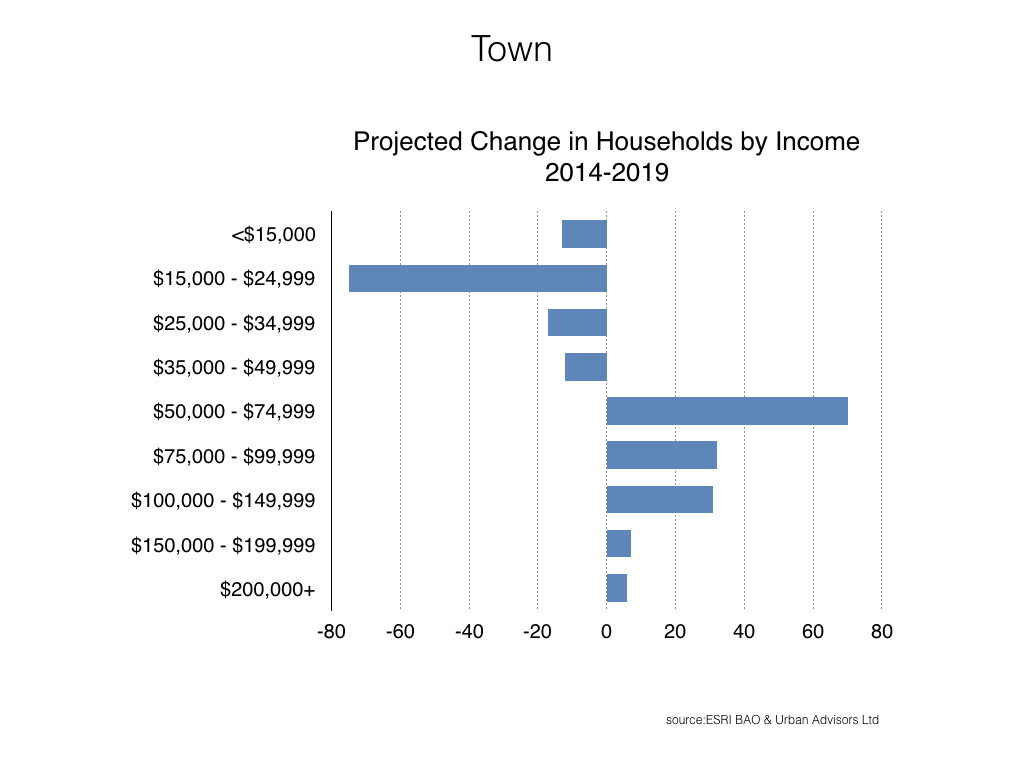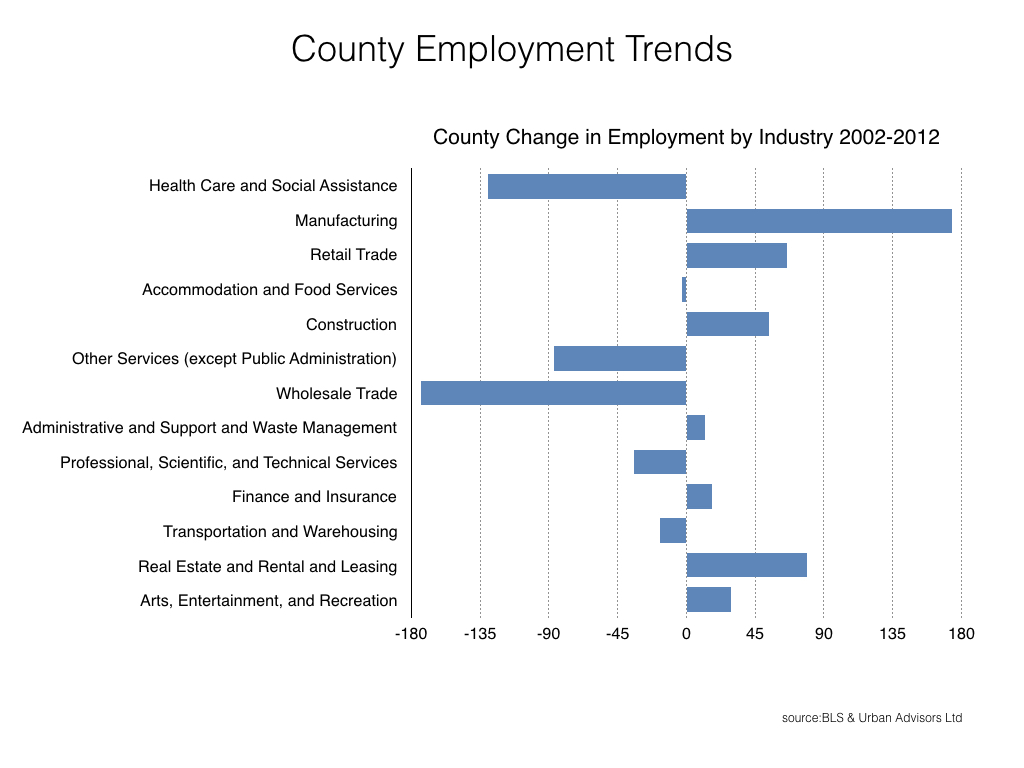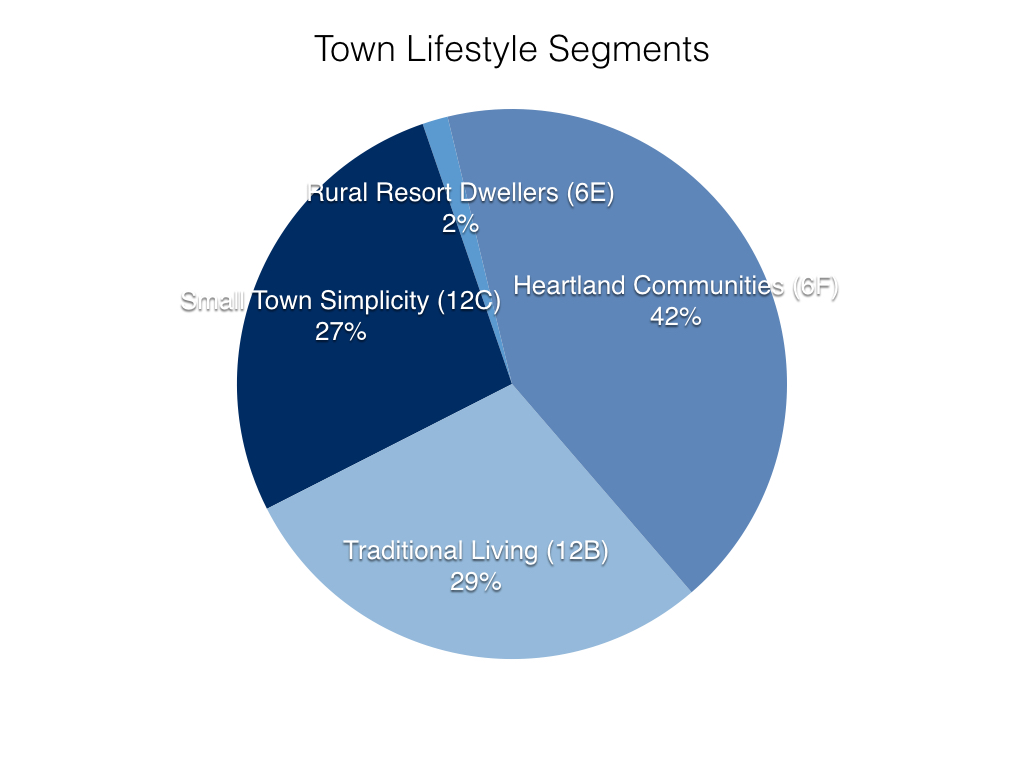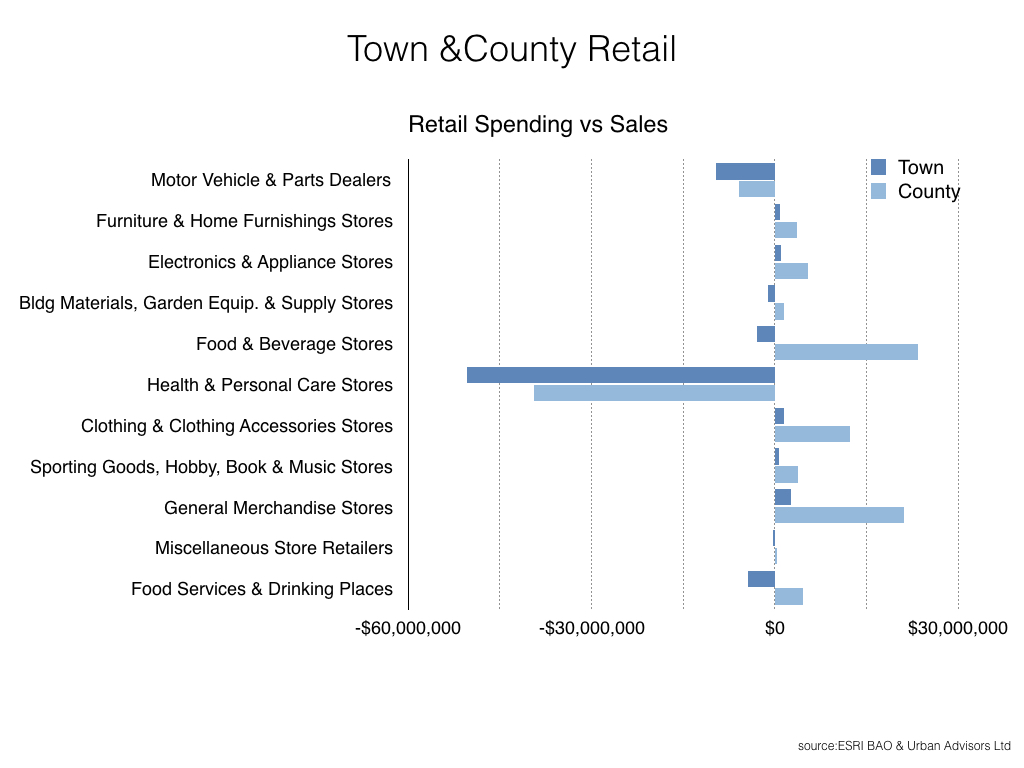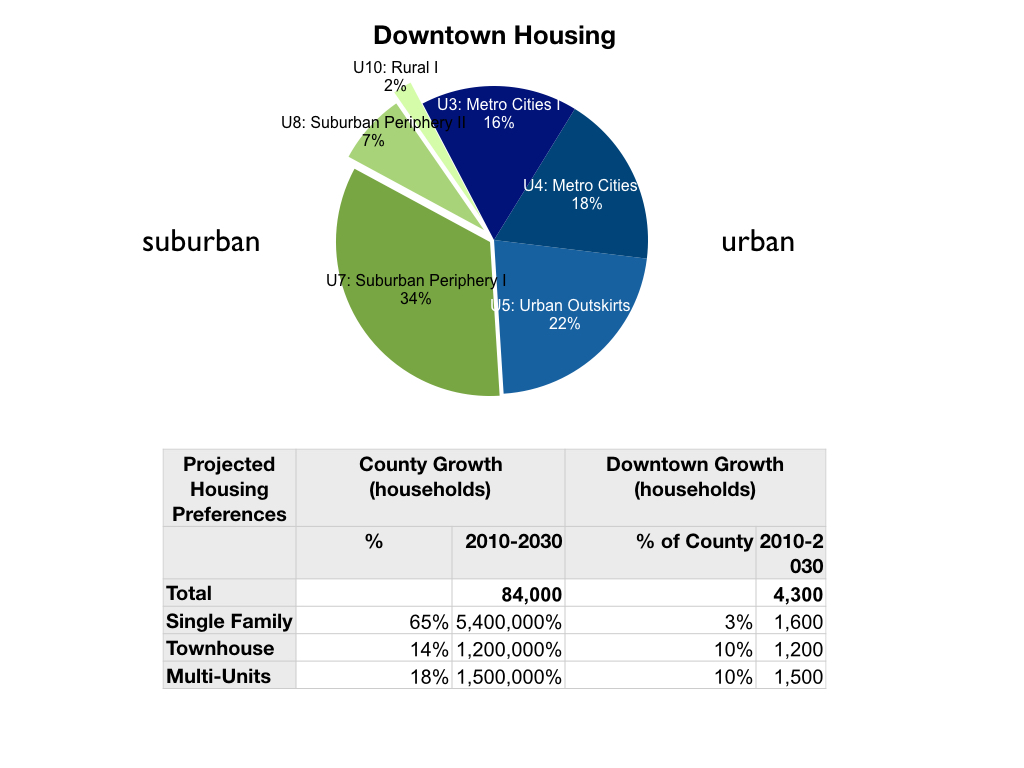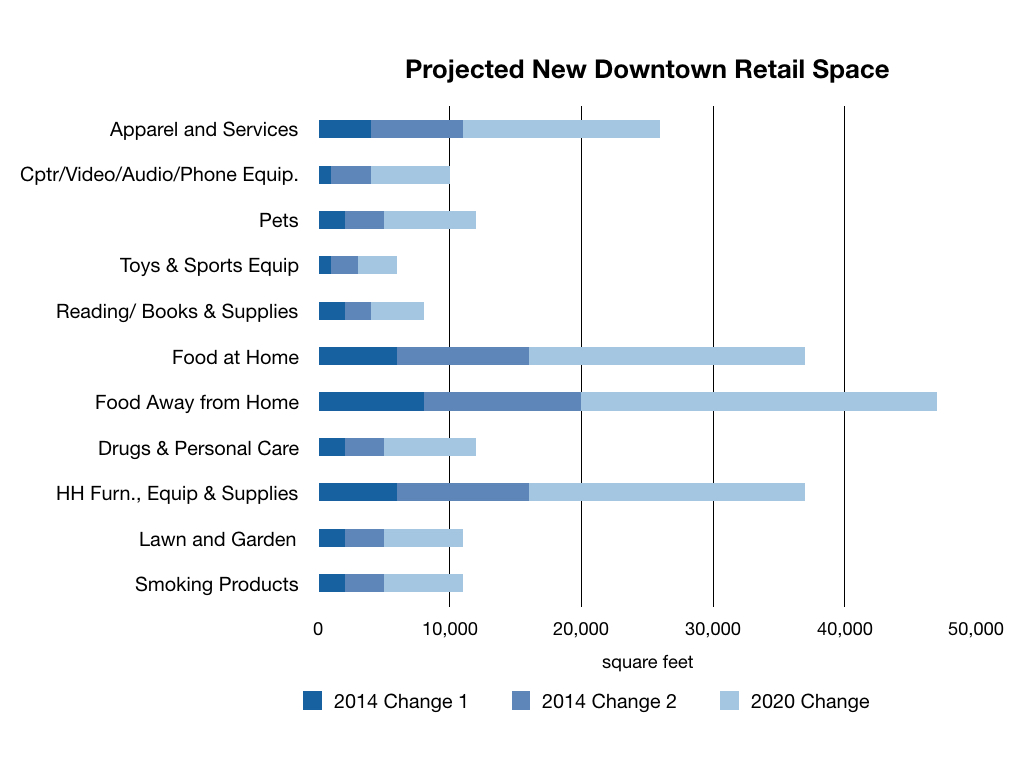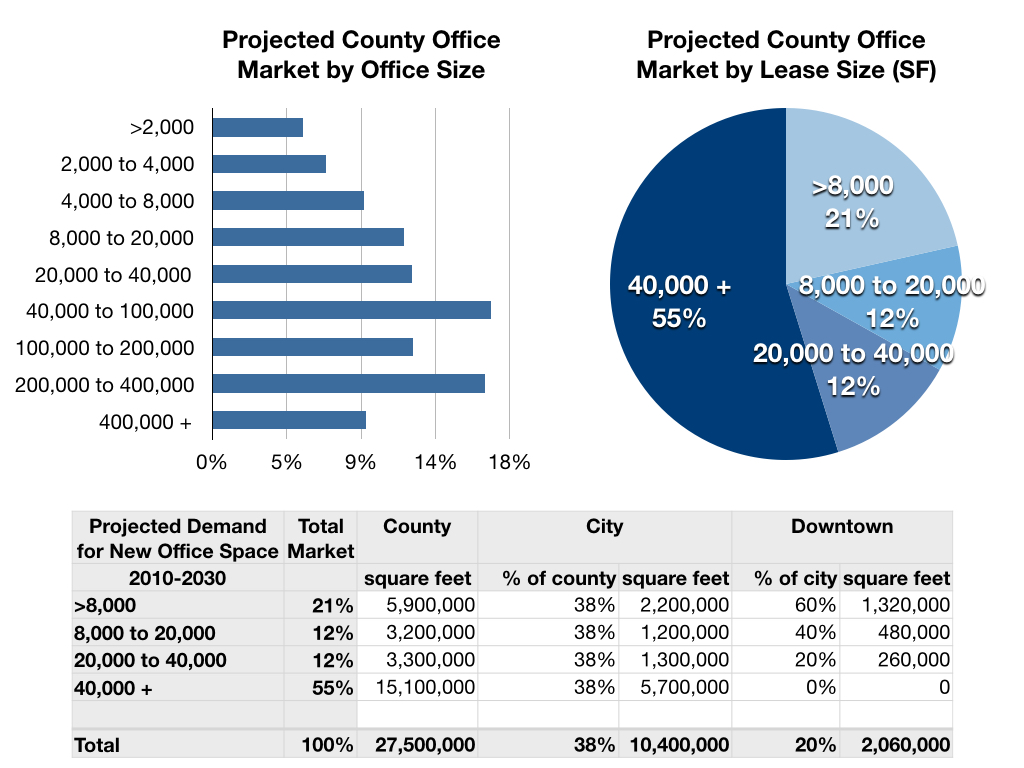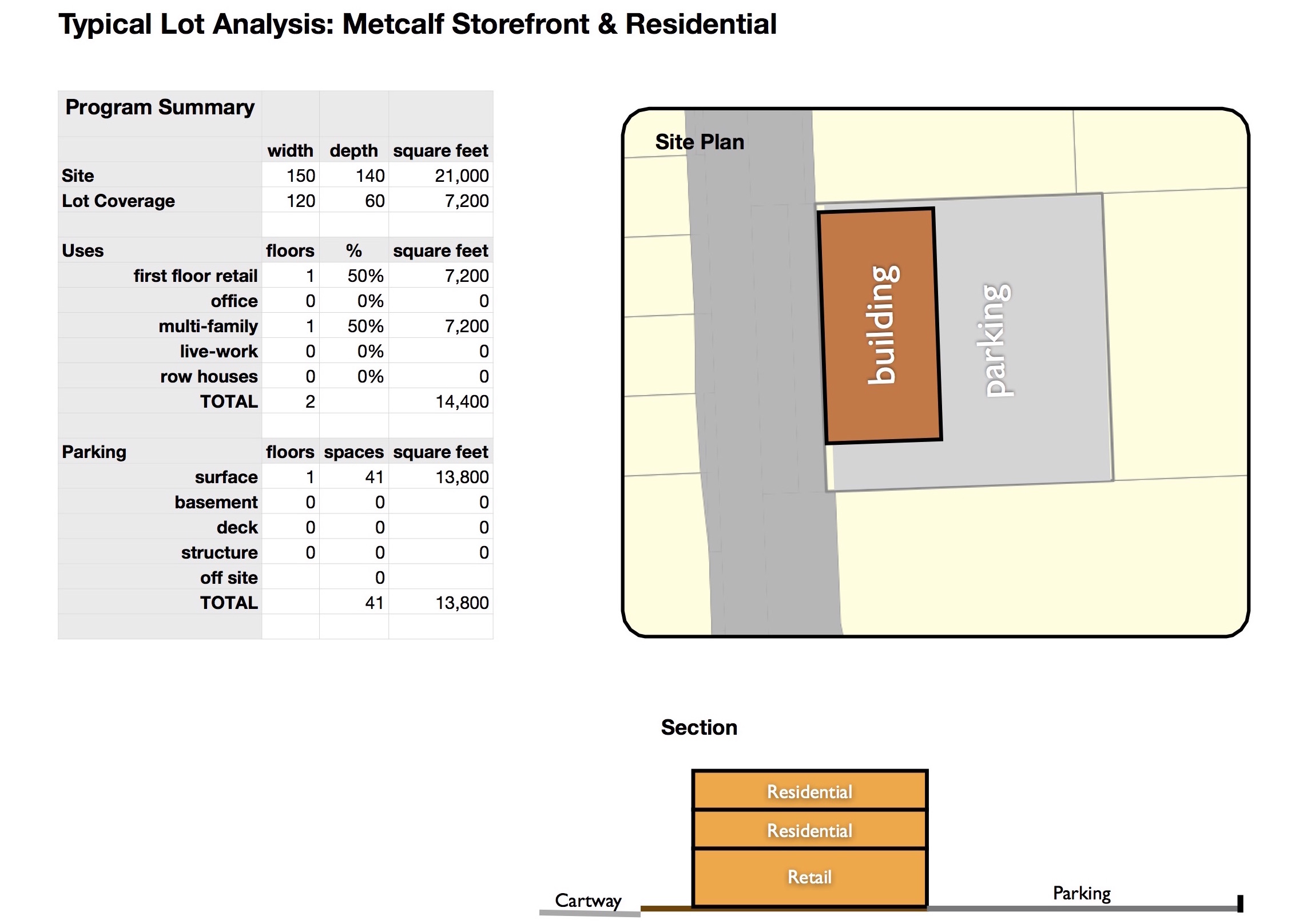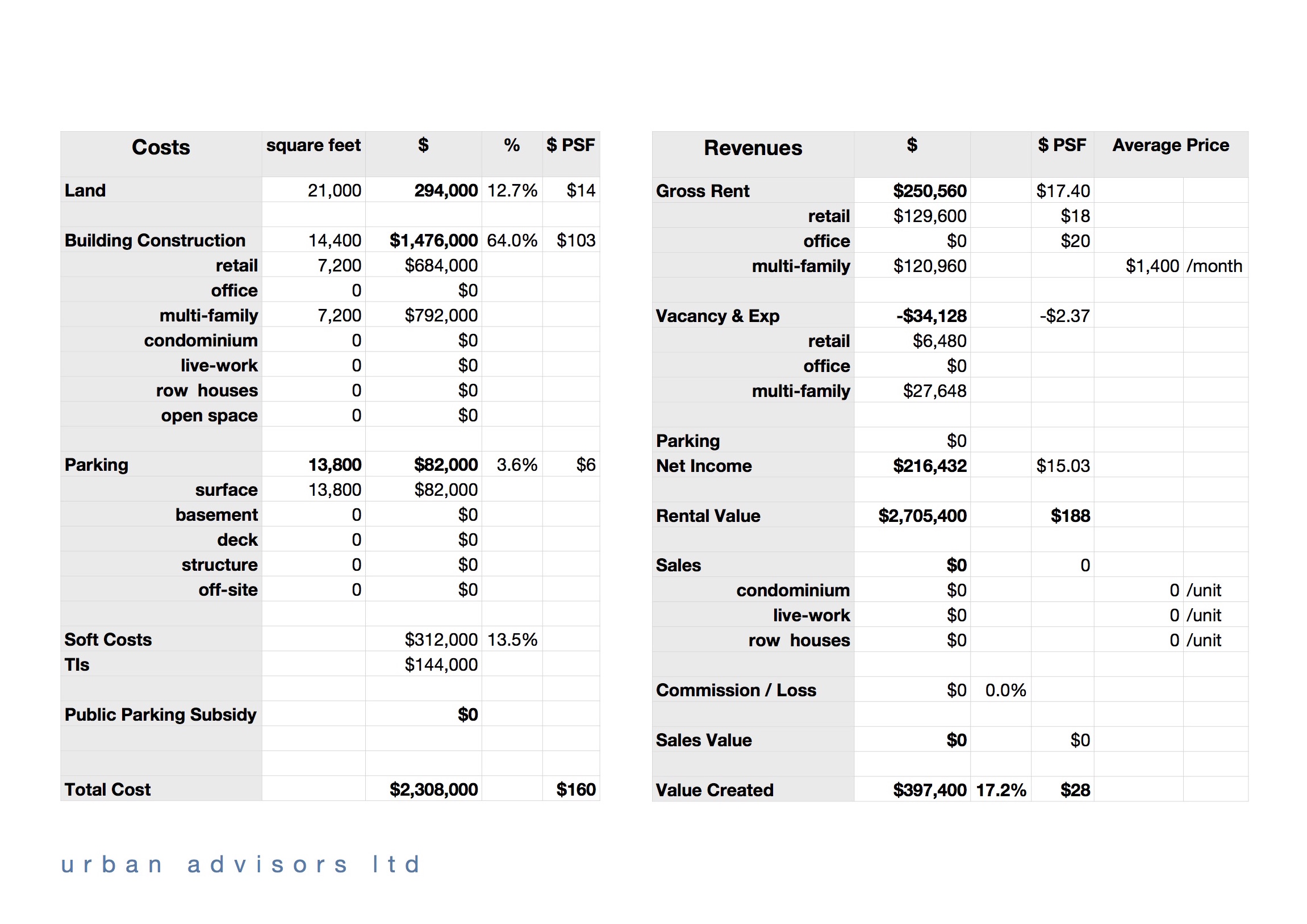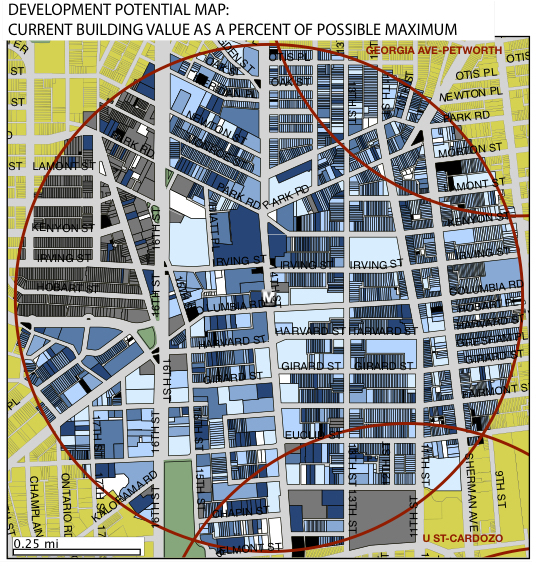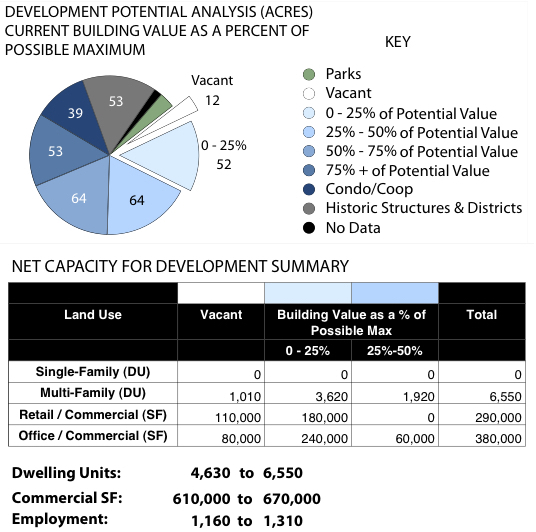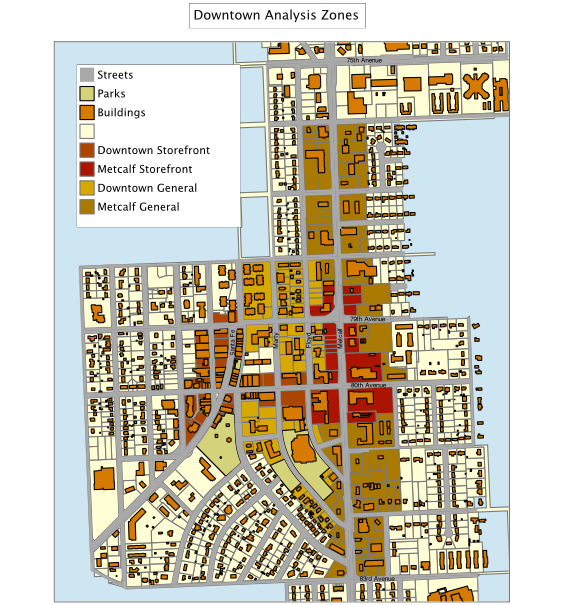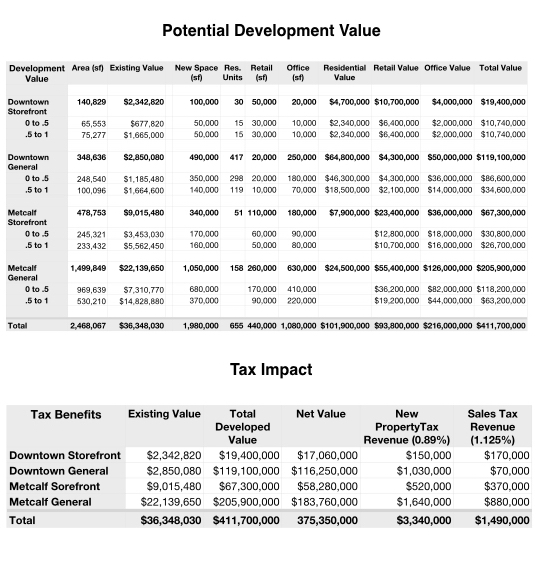 PLANNING FOR CHANGE
PLANNING FOR CHANGE
We have worked through many of the common planning processes that attempt to integrate economics and planning. A typical “market study” conducted before the planning effort can only describe the existing conditions and trends and cannot not take into account the formative effects of design and public investment, or identify opportunities to create change. Including economics after the planning process likewise does not insure that the ideas are based on market realities and they may not be feasible. Our preferred process is to work directly with the community, planners and designers through a collaborative effort that can establish a local framework for community based economic development. By conducting economic analysis in close coordination with planning and design, we are able to assist the team in tailoring appropriate designs, form-based codes and policies that respond to the underlying market conditions. This results in implementation and development strategies that are based on the community vision, financially feasible, and achievable by the existing local organizational structures.
Based on our understanding of this process we have won awards for using public involvement to build support for implementing plans and historic guidelines among the local development and business community. The result is community based economic development that uses existing resources to achieve change.

